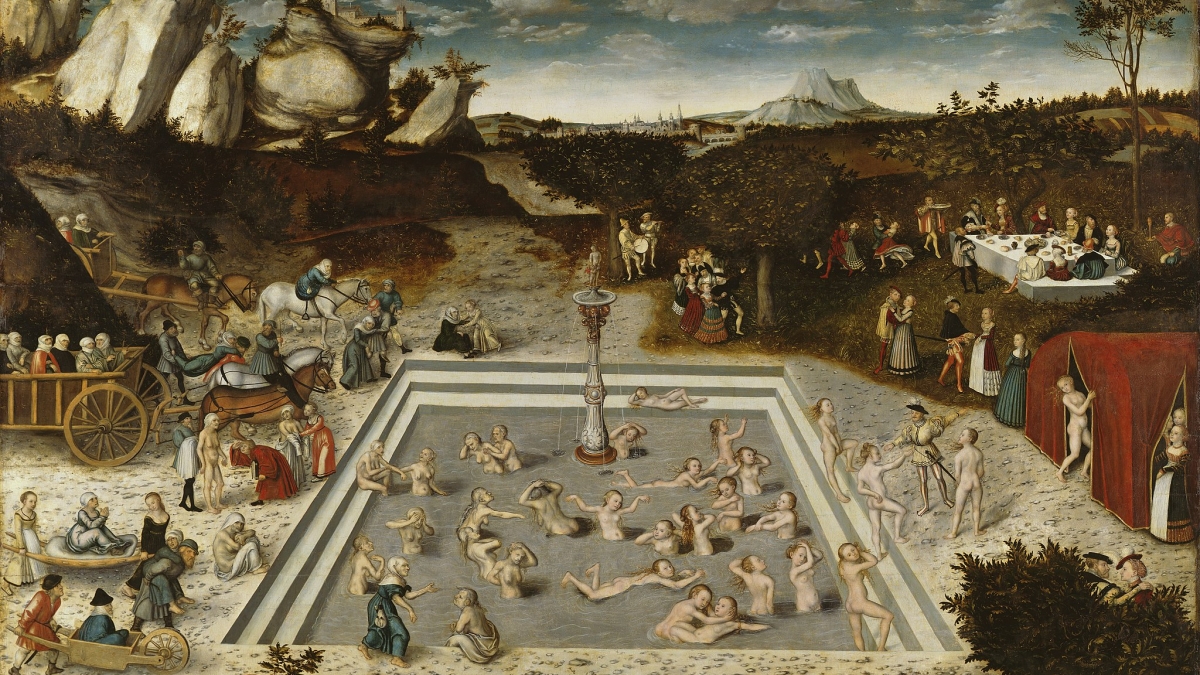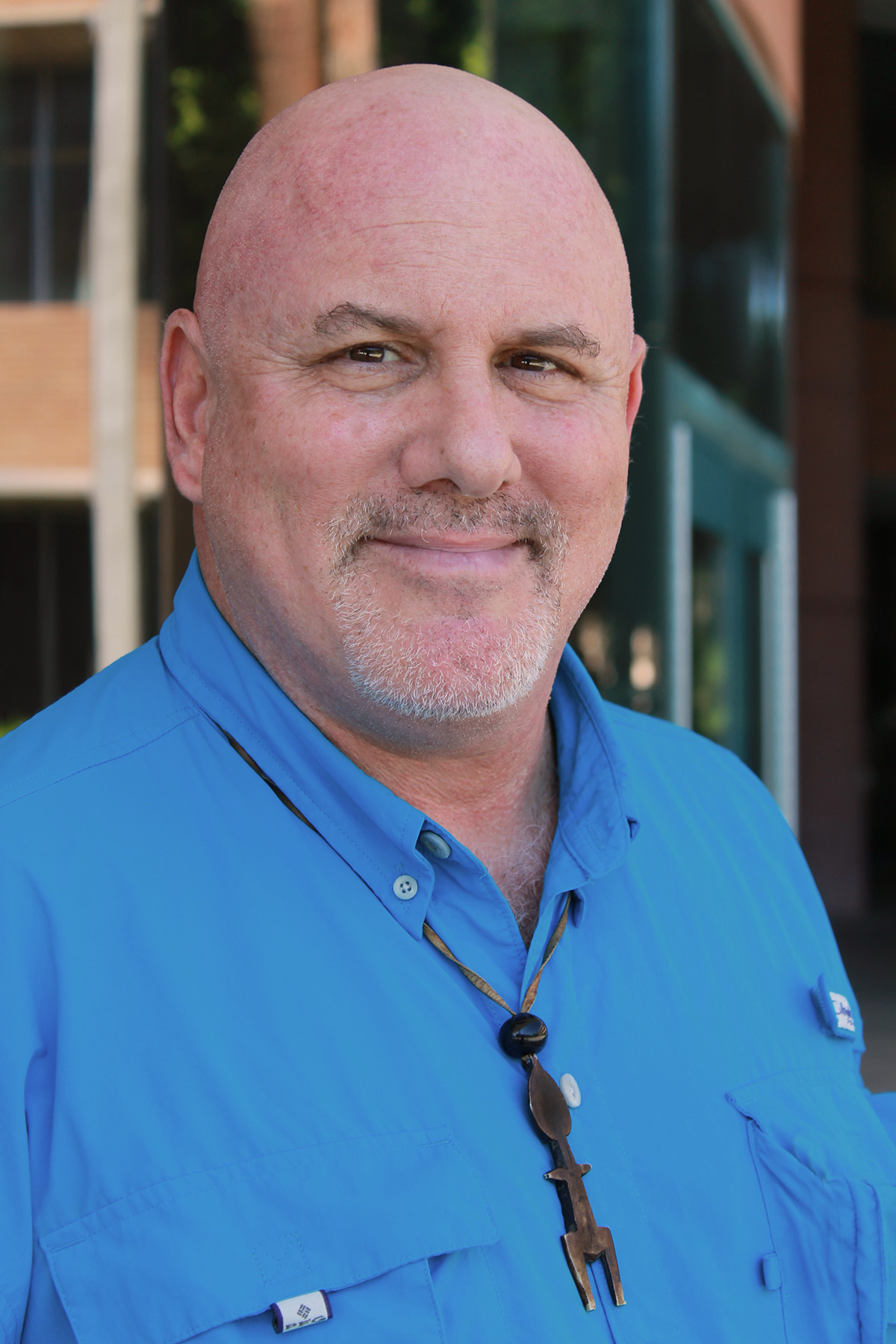A Hollywood director fired for comments tweeted a decade ago.
Memorialized accounts on Facebook, where your entire history exists forever and your contacts can continue posting after you're gone.
Photos from that college Halloween party that continue to surface in your Google results.
This is what digital immortality looks like now. In the future, it may be more elaborate, and could even involve some type of simulacrum of you interacting with people.
Gregg Pascal Zachary, a professor of practice in Arizona State University’s School for the Future of Innovation, has been leading talks on the subject this summer in California. What we leave behind digitally — for better or worse — could be collected in one place to represent you, forever. ASU Now talked to Zachary about what that might look like.
Question: Would the closest thing to “digital immortality” we have now be memorialized accounts on Facebook?
Answer: That’s a start. We might call the desire to keep social media accounts active akin to creating a “digital legacy.” And certain sudden deaths provoke “collective mourning” on the web. Longer term, what’s likely to emerge are software tools and services that will let you ask questions, or even converse, with a deceased relative or wise person from your past. The motive here isn’t merely vanity, but rather finding new forms of contributing to the collective intelligence of our human species. So we advance.
Gregg Pascal Zachary
Q: How so?
A: Part of why people want to be remembered is so hard-won knowledge can persist and be drawn (upon) by others. This urge after all is the engine of human civilization — the source of the cliché, "standing on the shoulders of giants." No human begins their life projects de novoWithout prior history.. So one question at the core of the study of digital immortality is how do we as a species become more effective learning animals, and at the same time, better teaching animals. In the past, people wrote books that lived on after them. In the most conservative sense, as we embrace new media forms, our life lessons migrate to them also.
Q: What does digital immortality look like to you?
A: In this context, we’re talking about permanent, enduring legacies. … You die, I die, and you our digital "footprints" live on — in whatever forms the techno-scientists create. In the past, individuals bequeathed letters, photos, articles, books to those they left behind. Today, as we live we spawn digital artifacts — and these are what we increasingly leave behind. In the future organizing and presenting these artifacts will be part of the process of revolutionizing the concept of life after death. Our physical bodies won’t persist but valued aspects of our insights and wisdom can.
Q: Would we access the knowledge of the dead through a software “bot” or what some call an avatar?
A: We might. Or technologists could create more lifelike forms of avatars that could actually talk with us.
Q: Could our avatar not end up as some sort of golemAn artificial human being in Hebrew folklore endowed with life.? Looks like us, sounds like us, but — not us.
A: Absolutely. Again the goal here isn’t to trick us into believing the dead are alive. The goal is to transfer usable knowledge to those who remain, so we sustain a better world.
Q: Given the complex socio-technical challenges facing humanity, I suppose we need all the smarts we can get.
A: Exactly. That’s why historians and social observers of innovation such as myself are paying close attention to emerging information technologies that threaten to undermine long-stable notions of life in death. I’m joined in this exploration by ASU Professors Hava Samuelson, Linell Cady, Gaymon Bennett and Ben Hurlbut on a project called “Beyond Secularization” through the Center for the Study of Religion and Conflict. As a group we’ve been asking difficult questions arising from the collision of spirituality, values and the computerization of everyday life. On July 31, we held a workshop on “digital immortality” at the Computer History Museum in Mountain View, California, where we talked with computer designers, artificial intelligence researchers, and even one of the co-creators of Apple’s Siri, Tom Gruber, about our ideas.
Q: What’s worrisome here?
A: Surely, how we safeguard the digital representations of the dead is tricky. That’s why we should start thinking now about how to do it!
Above: The Fountain of Youth, by Lucas Cranach the Elder, 1546.
More Science and technology

Applied Materials invests in ASU to advance technology for a brighter future
For nearly 60 years, global giant Applied Materials has been hard at work engineering technology that continues to change how microchips are made.Their products power everything from flat-panel…

Meet ASU engineering students who are improving health care, computing and more
Furthering knowledge of water resource management, increasing the efficiency of manufacturing point-of-care health diagnostic tools and exploring new uses for emerging computer memory are just some…

Turning up the light: Plants, semiconductors and fuel production
What can plants and semiconductors teach us about fuel production?ASU's Gary Moore hopes to find out.With the aim of learning how to create viable alternatives to fossil-based fuels, Moore — an…



